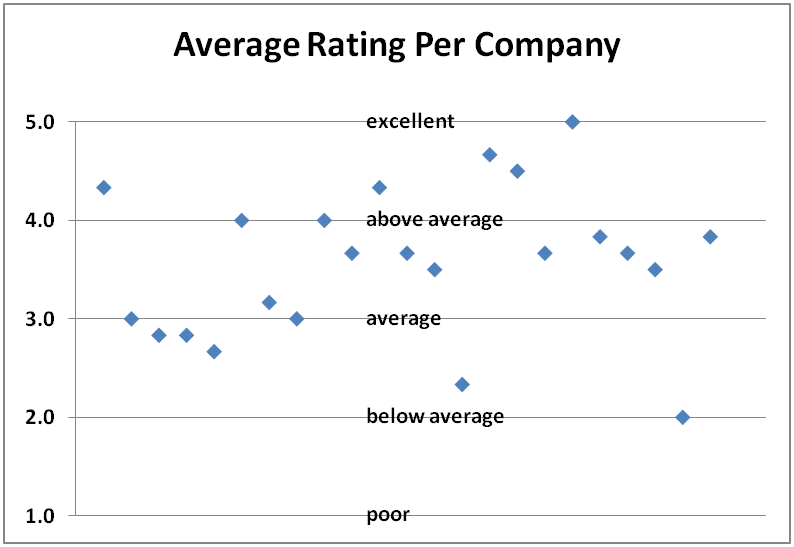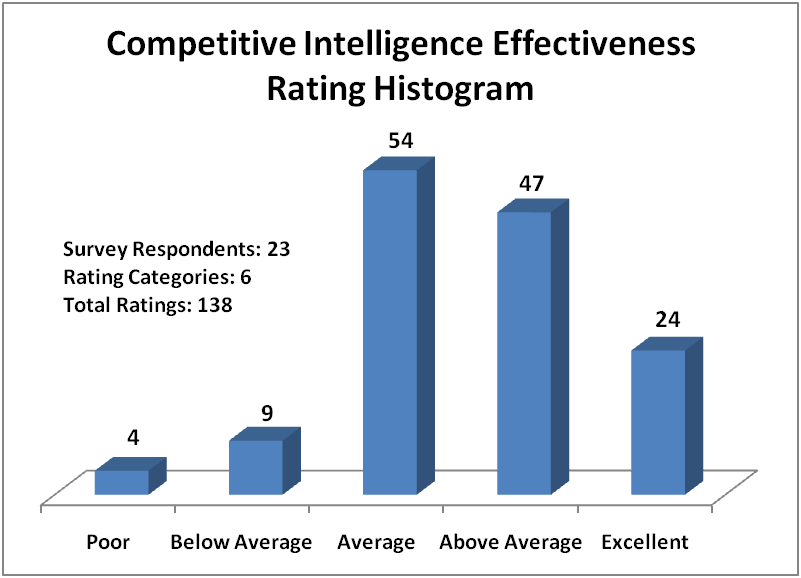 Sometimes, you only have a limited time to assess a situation. You can try to look, listen and question but very quickly you have to have an opinion, a course of action or a response. The truth is that in our hectic world, we are giving each other less and less time to make judgments about people and situations. I think that this is often true for competitive intelligence, also.
Sometimes, you only have a limited time to assess a situation. You can try to look, listen and question but very quickly you have to have an opinion, a course of action or a response. The truth is that in our hectic world, we are giving each other less and less time to make judgments about people and situations. I think that this is often true for competitive intelligence, also.
Consultants commonly face the challenge of doing a quick analysis of a new organization. We have to be ready with the right set of questions to discern what is happening and what might improve the outcomes. I suppose that this is true inside organizations when competitive intelligence is applied to a new problem or within a new business.
If you are lucky, you will have sufficient time to analyze before prescribing action. Whether it is a short time or a long time, the time is still finite. Therefore, the right focus is important.
All of this got me to thinking about what I would asked if I were limited to five questions. That is, what five questions would give me the best possible picture of the competitive intelligence status of a company and some idea of what might improve the competitive intelligence value?
Read the rest of this entry




